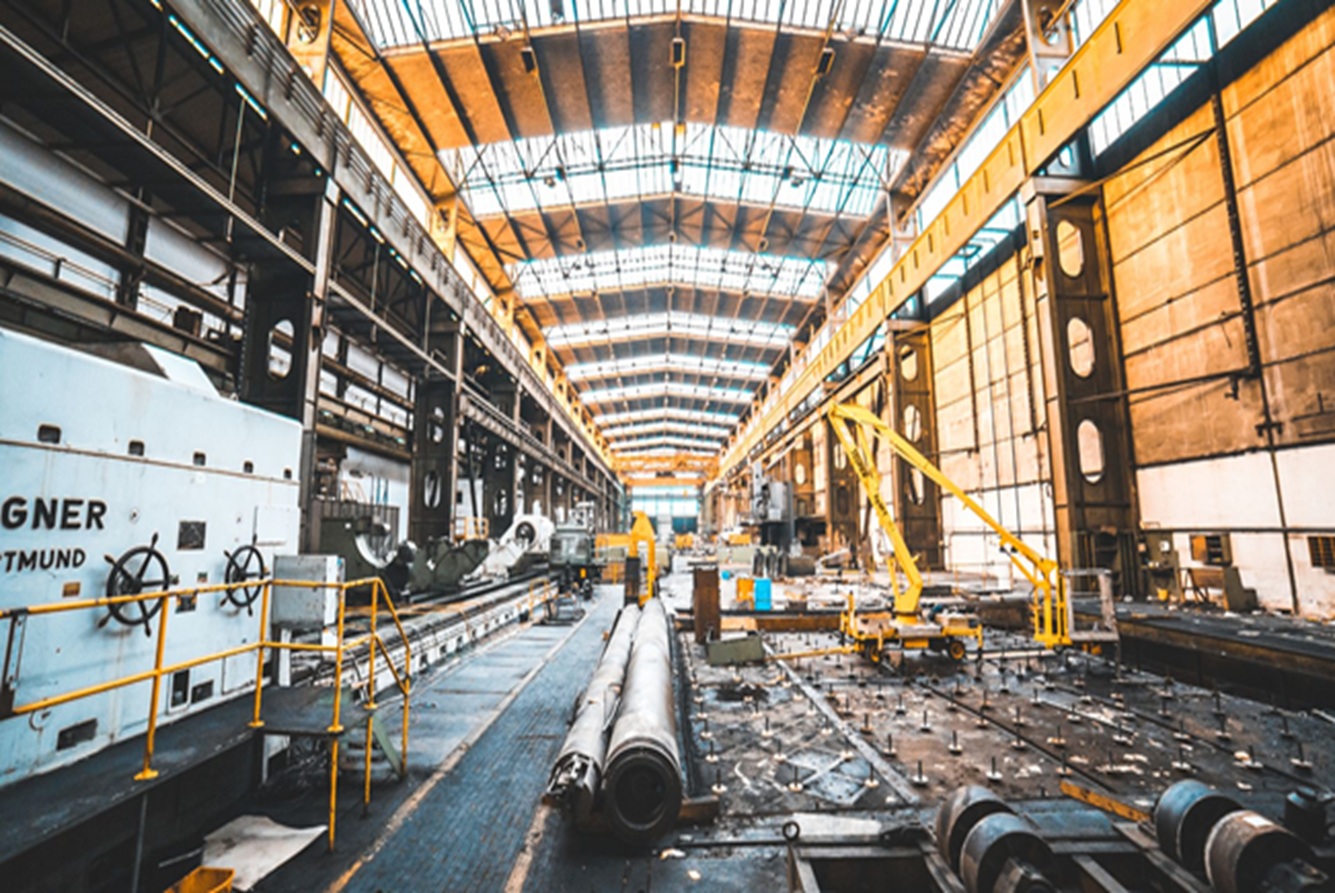
Industries utilize various metals in unique ways, ranging from crafting small benches to manufacturing large machinery. To ensure precision, a variety of techniques are employed, including metal notching. Notching is a key process whether you are a contractor working with pipes or metal structures, or a DIYer working with an intricate structure. It ensures that metal components fit together perfectly, providing strength, accuracy, and efficiency.
However, if you don’t know how metal notching works, there might be a problem. Thus, you must read this blog and learn what tools are involved, where options like sheet metal notchers come into play, etc.
This blog has covered all of these questions. So, read on!
Sheet metal notching is a cutting operation that removes a section of sheet metal from the edge of a metal workpiece. It’s a standard method to prepare sheet metal or pipes for further assembly, welding, or bending. The method aims to create precise metal components that fit together and align effectively, improving functionality and appearance.
Various notching techniques are available, and it is essential to select the appropriate method based on the material type and project requirements. Some of the most common methods are:
Corner Notching: The technique removes a triangular or square section of sheet metal, typically for box or enclosure construction.
V-Notching: The method removes a V-shape section from the corner to bend the sheet perfectly into specific angles.
Pipe or Tube Notching: It requires a steel pipe notcher to get clean and accurate notches, especially at complex angles.
Edge Notching: The technique removes material along the edge to make room for components or match adjacent parts’ designs.
Sheet metal notching is a straightforward process that might seem simple but requires extreme precision and care to achieve the best results. Here is how the process works at New Mexico Metals LLC:
Before notching begins, the metal is prepared. It includes inspecting and measuring the metal sheet to ensure it is suitable for desired cuts. The measurements must be accurate to prevent waste and guarantee the final fit.
The metal sheet must be marked or programmed to align the notching cuts where needed. It’s crucial when preparing joints or interlocking parts. Today, it can be easily done with automated machines.
Depending on the type and scale of operation, a suitable tool or machine is chosen. It might be an manual tool, a steel pipe notcher, or an automated machine. For example, a manual notcher might be the right fit for a small job. On the other hand, a large-scale industrial project requires a CNC, laser, or hydraulic machine for high precision.
The tool is activated to remove the material with force and precision. The tool contours around the pipe to create a saddle-like notch, perfect for welding at intersections.
Notching often results in burred edges that need to be smoothed or deburred to eliminate sharpness. This step is essential for both aesthetics and safety, especially in applications like metal roof notching.
The choice of sheet metal notching tool depends on material thickness, angle requirements, and production volume. Some of the common tools used for sheet metal notching are:
Manual Notchers: Used for manual and small jobs involving simple angles.
Corner Notchers: These are designed for triangular or square cuts.
Pipe Notchers: A tool used for a flat sheet isn’t the right fit for a pipe or tube. Thus, a pipe notcher is used to cut semi-circular or angular notches into round tubes or pipes.
Hydraulic Notchers: When working with thicker metals, hydraulic notchers are the right choice, as they are made for heavy-duty applications.
CNC Notchers: CNC notchers are not entirely new in the industry but are still only used by a few service providers. These are the right choices if you seek sheet metal notching for an industrial project.
Each of the tools discussed above is distinct and offers different benefits. They maintain accuracy while reducing the risk of distortion or misalignment and creating quality metal components.
While the idea of DIY metal notching is great, you must consider precision and speed when making the decision. In industrial settings, it might not be viable to opt for in-house metal notching.
Thus, you must partner with a metal service provider who can offer quality services using advanced tools and deliver the metal on time.
Contact us at New Mexico Metals LLC, Albuquerque. Why? Here are the reasons:
Contact us today to learn more about our exceptional services.